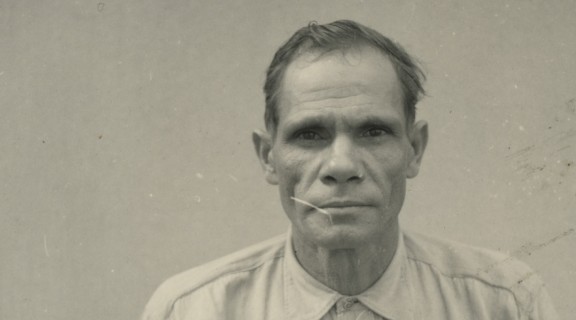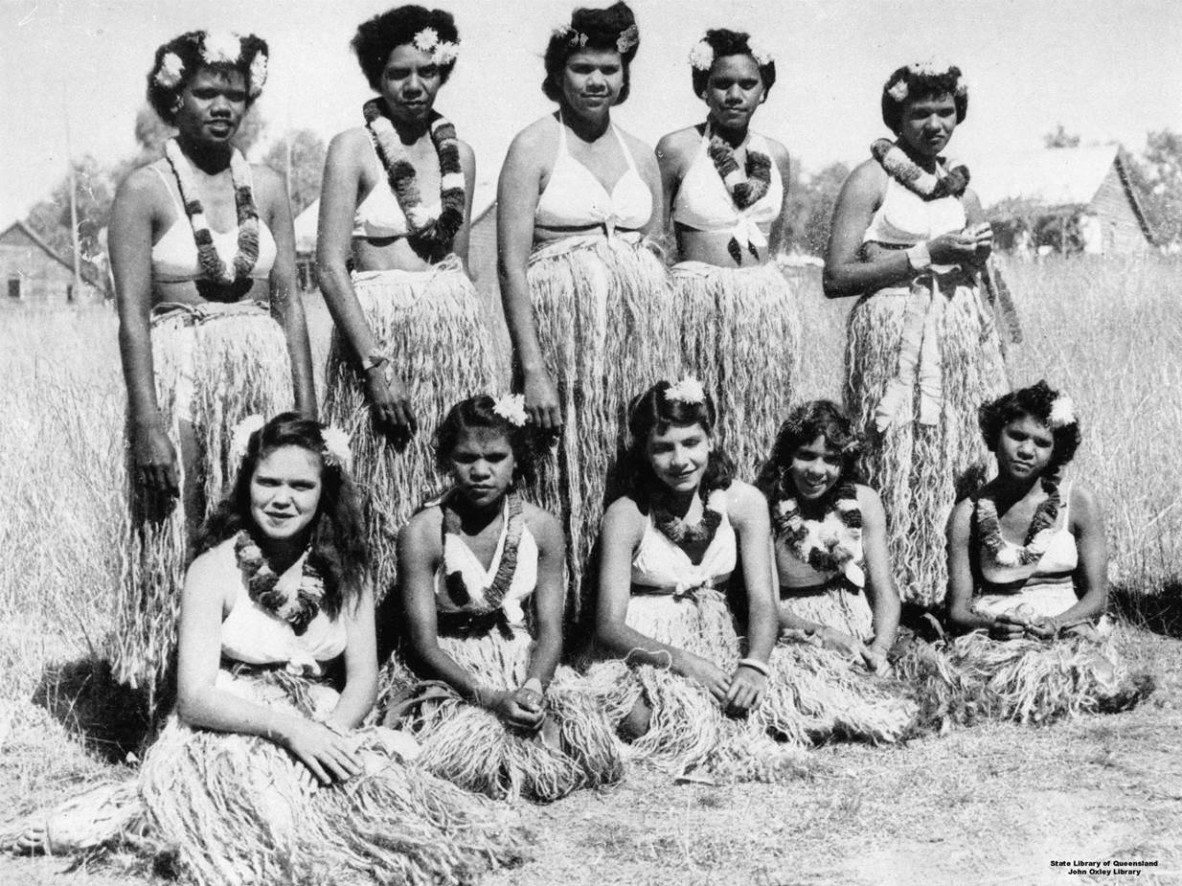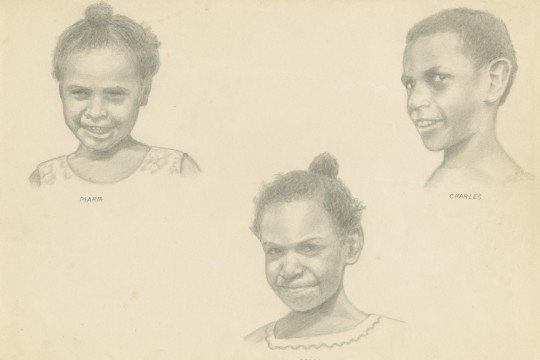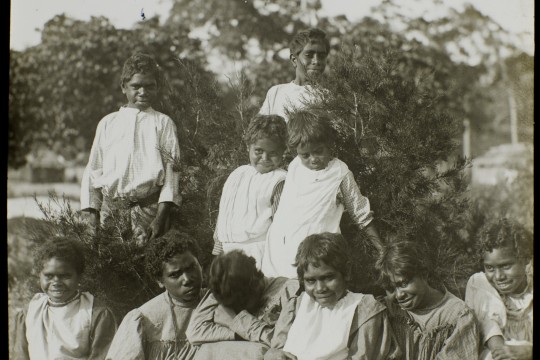
- Home
- Tindale Genealogical collection
/
Tindale Genealogical collection
Norman Tindale was an anthropologist based at the South Australian Museum. He recorded vast amounts of genealogical and other information about First Nations communities from all over Australia, the majority being collected during the 1920s and 1930s.
Video guide
Warnings and sensitivities
Aboriginal people are advised that the Norman Tindale Collection contains the names and images of deceased people and elements of secret, sacred tradition. Users should also be aware that some of the records include personal information that may contradict what is known about their ancestry.
The records in the collection are from anthropologists’ field notes and were produced from a non-Indigenous perspective. Before viewing the collection, please be advised that offensive words, terms and descriptions are used throughout the records.

Young women dressed for a dance party at Cherbourg, John Oxley Library, State Library of Queensland, Negative number: 107427
About the collection
The Norman Tindale Collection is a body of work compiled over a number of years by individuals associated with the South Australian Museum, under the leadership of anthropologist Norman Tindale. It includes vast amounts of genealogical information about Aboriginal communities throughout Australia, as well as journals, maps, artefacts and much more.
State Library of Queensland has copies of genealogies and photographs for the following Aboriginal communities in Queensland and northern New South Wales:
- Bentinck Island
- Boggabilla
- Cherbourg
- Doomadgee
- Mona Mona
- Mornington Island
- Palm Island
- Woodenbong
- Woorabinda
- Yarrabah
The South Australian Museum holds the full collection, and organisations in each state hold copies for their own state. See the AIATSIS website for information about where to find the Tindale genealogies in each state.

Family at Barambah Aboriginal Settlement, 1911, Cherbourg, Queensland, John Oxley Library, State Library of Queensland, Negative number: 130674
Accessing the collection
What is available online?
The Tindale Collection index is available for anyone to search on One Search. The index includes people’s names and the community where they lived.
Who can view the collection?
Family trees and photographs are available on request for individuals or families who are researching their own family history. Transcriptions are also available because the handwriting in the original records can be difficult to read.
Requests can be made through the Tindale Request Form. Please allow up to 10 days processing time.
How can Land Councils access records?
Copies of genealogies and photographs are also provided to Land Councils for the purpose of Native Title Claims. Please submit the request through the Tindale Request Form on official letterhead with names of families researching the claim and claims number.
Why are there access conditions?
The South Australian Museum is the custodian of the Tindale Collection and State Library of Queensland holds copies of records from Queensland and northern New South Wales. Under the terms of the agreement, only direct descendants or those with written approval from communities or families can view the genealogies.
In accordance with the State Library of Queensland Aboriginal and Torres Strait Islander Collections Commitments, these access conditions also enable staff to provide context and appropriate cultural care messages for potentially offensive material.
Locating and requesting items from the collection
How to locate and request items from the Tindale Genealogical collection
- Search for your relative’s name in our One Search catalogue. Select ‘State Library family history indexes’
- When you find a relevant catalogue record, the information you need is in the ‘Notes’ section. This will tell you the community name, page number and a negative number if there is one.
- You can then use those details to complete a Tindale Enquiry Form online.
- For more detailed instructions, watch our video or read our step-by-step guide on how to locate and request Tindale genealogy records.


